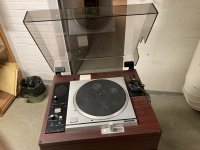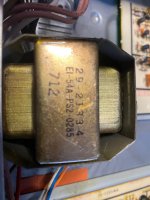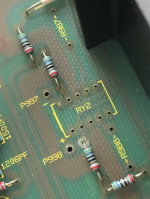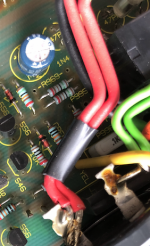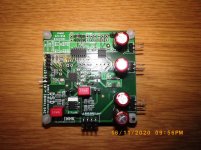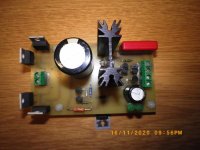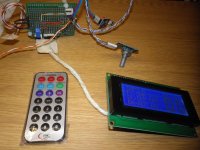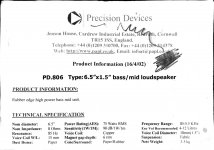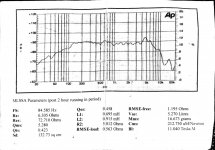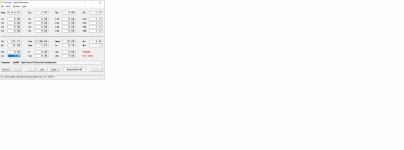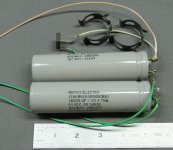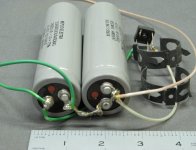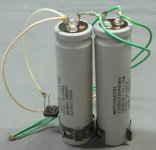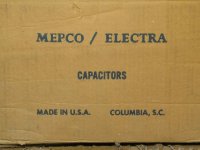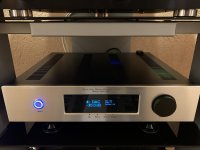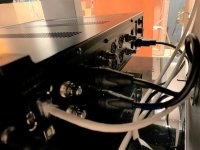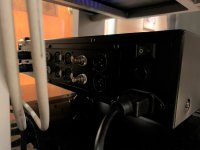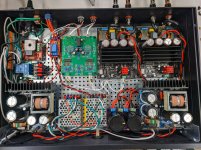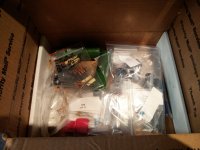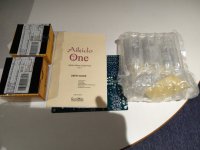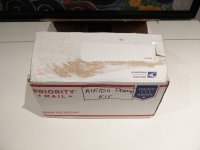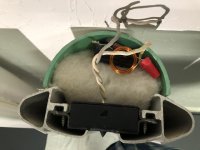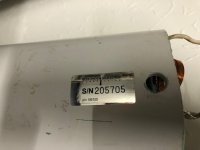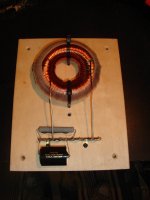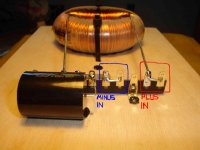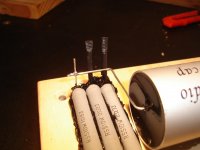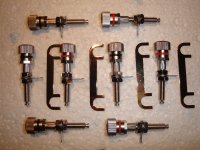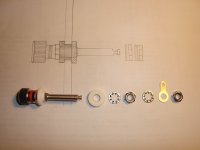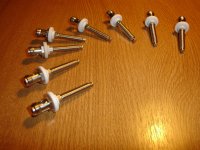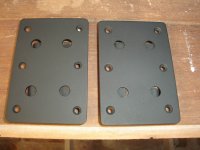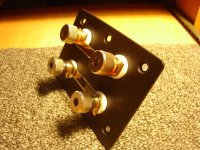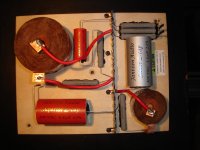Alright, I have your attention now.
I've never had great luck with record cleaning machines (vacuum or ultrasonic). And I'm not a fan of detergents on vinyl.
Recently I tried an experiment and it paid enormous dividends, so I figured I'd share it here.
It outperforms glue for me, and is faster and less expensive, as well. It leaves no detergent residue, and helps remove any detergent residue already present.
Materials: (1) Paint pad. I use one of the trim-sized ones. (2) 50/50 mix of 91% iso alcohol and distilled water. (3) An empty glass. (4) Gravity. (5) Carbon-fiber brush.
STEPS
(1) Apply a liberal amount of the fluid to ONE SIDE of a record. I use a little lazy Susan I use for record cleaning, but you could just lay a towel on a surface to protect the other side of the record. Use what you've got.
(2) Use the paint pad to "paint" the surface, and pad it around a little bit. You don't need to be aggressive, you just want to massage the fluid around. Make sure there is enough fluid, you don't want it running off the edges but you also don't want to be able to see the grooves.
(3) Flip album upside down on top of an empty glass, and let gravity do its work. Might want to put something under the glass in case drips occur. I don't normally get drips, but have on occasion had a few.
(4) Once all the fluid evaporates (about 20-30 minutes), place the album on your turntable, use the carbon fiber brush to clean it, then give it a listen. Play it from start to finish.
(5a) Once the record is done playing, consider shining a flashlight across the surface of the album (a raking light), and you'll see a debris field. This is everything that the method evacuated from the groove. Your stylus did the final step of dislodging it so the carbon fiber brush can now remove it for good.
(5b) Use your carbon fiber brush for a post-play cleaning to get all those specs gone.
(6) If the record side played like-new, move onto the second side and repeat. If not, if the album was a basket case, you can repeat this process. This has been necessary for a couple albums that seem to have been treated with something oily/waxy. Maybe Pledge? I know some people call vinyl "wax," but you aren't supposed to actually wax it! Examining some of the stuff that is removed from my trouble albums with a magnifier, it really looks like wax. I have other theories, I won't trouble you with them now.
OKAY I TRIED IT, WHY DOES THIS WORK SO WELL?
In a nutshell, the fluid is suspending crap in the groove, then gravity is pulling it out of the bottom of the groove and the process of evaporation is combining tiny particles of debris into larger and larger particles. These larger particles are in fact too large to re-enter the groove after you play the record, they're easily brushed-off by the carbon fiber brush.
These larger particles seem to cling onto the edge at the top of the groove until the record is played and brushed, at which point they're gone forever and your groove is left perfectly clean.
I've only done this with my MicroLine styli, I have not tried it on my other profiles. Please be my guest.
TO ADDRESS OBJECTIONS BEFORE THEY'RE EVEN MADE
(1) Yes, this method employs alcohol. And it sits on the vinyl for a while. Don't use this method if that scares you. There have been several recent threads about alcohol on vinyl, lots of people use it, but you have to be able to sleep at night.
(1a) Be careful with alcohol. Use ISO, not ETHYL, for reasons I won't bore you with now.
(2) Yes, the stylus is knocking the dust specks off the edge of the vinyl. They're just barely hanging on. You don't hear this during playback. If you hear any pops/ticks during playback, it is because the groove was THAT dirty that stuff is still in it and you'll need another round or two. See my comments about wax above.
(3) Even if you have some objection, consider trying the method on records you're not too concerned with, especially ones that have resisted coming clean using other methods. You may be surprised that the vinyl doesn't melt and the stylus doesn't fall off. 🙂
Anyways, that is it, I've officially shared Phil Thien's record cleaning method that, BTW, outperforms GLUE in terms of silencing records, and it is faster and cheaper. Way outperforms any record cleaning machine made, I promise you.
I yield the floor to the inevitable naysayers.
